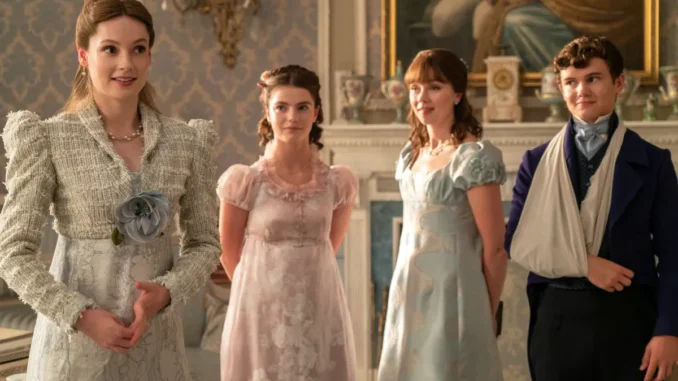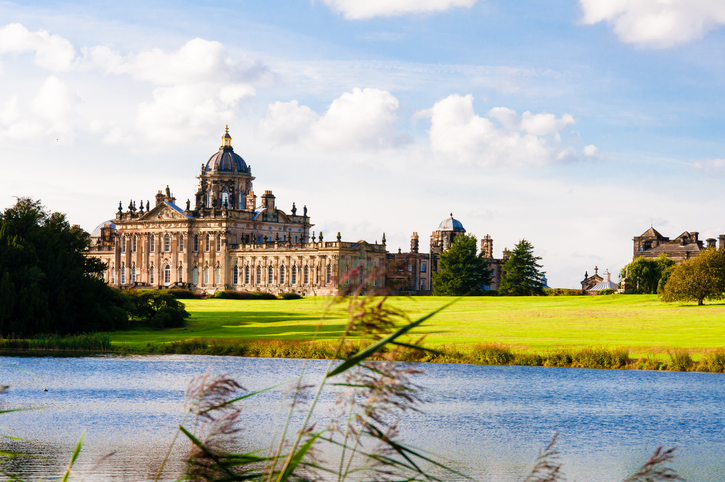
The Bridgerton Universe brings in the cash
The Netflix original series Bridgerton, a lavish period drama set in Regency-era England, has not only captured the hearts of millions of viewers but also had a significant financial impact on Netflix and the broader economy.
Created by Chris Van Dusen and produced by Shonda Rhimes, the series quickly became one of Netflix’s most-watched shows, blending romance, scandal, and stunning visuals to create an irresistible viewing experience. The success of Bridgerton can be measured not only by its viewership but also by its cultural and economic influence and we can clearly see, the Bridgerton universe brings in the cash.
How much did Bridgerton cost?
Producing Bridgerton was no small investment. Each episode of the series reportedly cost around $7 million to produce, reflecting the high production values that have become synonymous with the show. These costs cover everything from the elaborate costumes and detailed sets to the star-studded cast and the intricate cinematography that brings the world of Regency London to life. Despite this hefty price tag, Netflix’s investment in Bridgerton has paid off handsomely. The series quickly became one of the streaming platform’s most popular offerings, drawing in millions of viewers worldwide and solidifying Netflix’s position as a leader in original content.
Netflix has been generously spending on producing their original shows, find out how much their most expensive shows cost.
How much did Bridgerton make?
The financial success of Bridgerton extends beyond Netflix’s subscriber base. The series has contributed significantly to the UK economy, over the past five years.
According to reports, the Bridgerton series has added £275 million to the UK economy, providing a substantial boost to the country’s creative industries.
This economic impact is felt most acutely in the local businesses that support the production, including costume designers, set builders, caterers, and more. In total, Bridgerton has supported around 5,000 local businesses, having a ripple effect on the local communities.
The cultural impact of Bridgerton has also translated into economic benefits, particularly in the tourism sector. Fans of the show have flocked to filming locations across the UK, contributing over £5 million to local economies in areas such as Bath, Bristol, and the surrounding regions.
Iconic locations like Castle Howard in Yorkshire have seen an increase in visitors due to the series providing benefits to hotels, restaurants, souvenir shops and more.

Beyond tourism, Bridgerton has influenced consumer behaviour in a variety of ways. Fans have sought to emulate the show’s distinctive style, leading to a surge in demand for Bridgerton-inspired clothing, makeup, and home décor. Recognising this trend, Netflix launched a Bridgerton merchandise shop, offering themed clothing and accessories that further capitalised on the show’s popularity. The series also sparked collaborations and partnerships with various brands, including Republic of Tea, Kiko Milano, Pat McGrath Labs, and Allure Bridal. These collaborations have generated additional revenue for both Netflix and the participating brands.
One notable example of the show’s commercial influence is the partnership with Lush, a popular cosmetics brand. After launching their Bridgerton collection, Lush saw a 25% increase in monthly subscribers, with 20% of sales coming from new customers.
The Bridgerton Universe has not only created huge success for Netflix and those involved but the indirect impact on the surrounding areas and businesses highlights the affect that popular shows can have on an economy.
Will the next season bring in even more?
